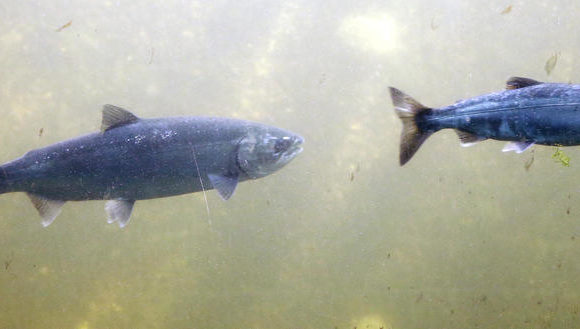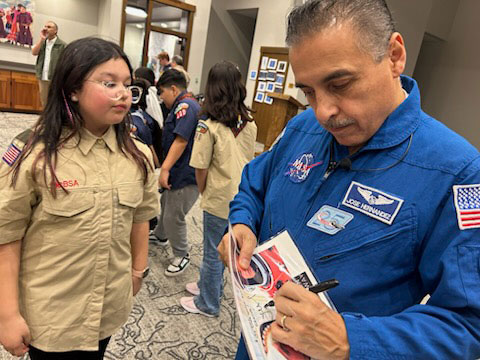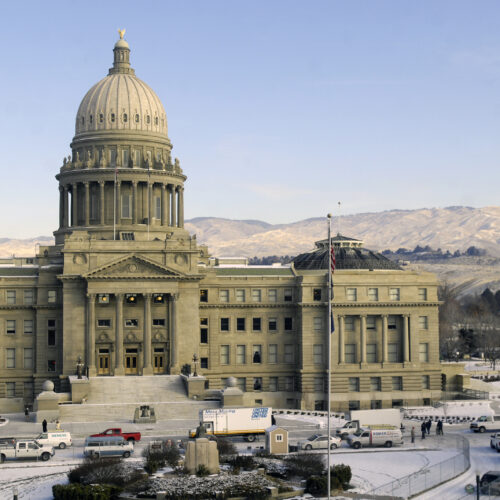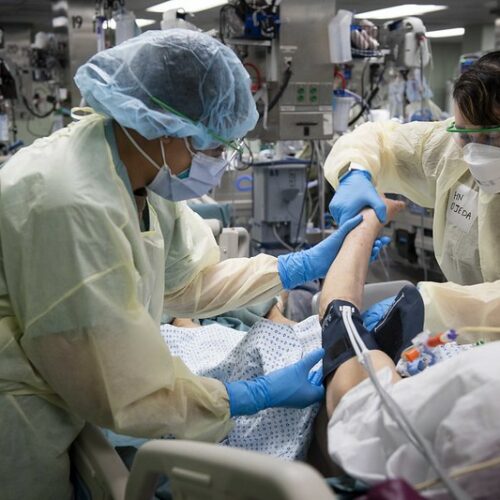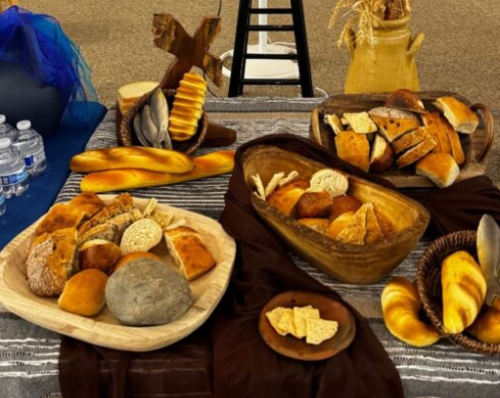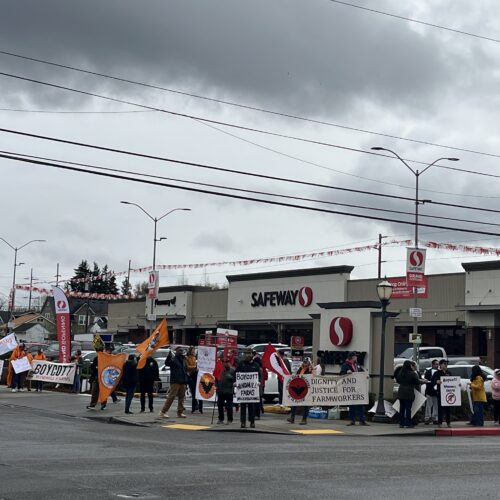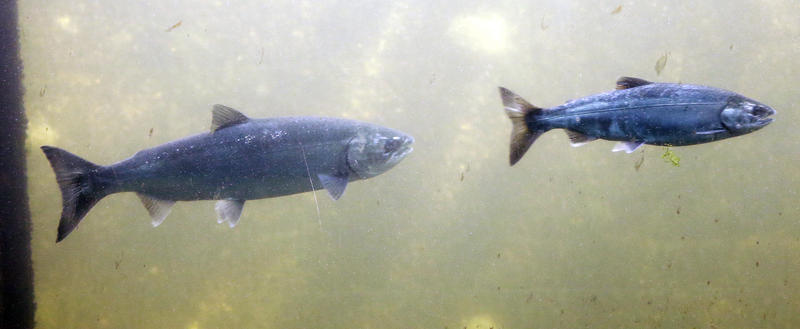
How Salmon Sex Shapes Landscapes And Watersheds
Listen
It may have taken millions of years, but researchers have found that the way salmon reproduce has shaped our watersheds and landscapes.
When salmon spawn, the female digs a big hole in the stream bed. She then swishes around — that movement can send fairly large pieces of gravel downstream.
These tiny movements can add up to big changes.
“They move dump trucks of sediment,” said Alex Fremier, with Washington State University’s School of the Environment and the lead author of a new study.
Spawning salmon loosen the stream bed and “unpack the gravel,” Fremier said.
“When the next flood comes by, those gravels are easily picked up and moved down stream,” he said.
Researchers used computer models to find that over 5 million years all that sediment moving downstream has changed the character of stream beds. Over time it can lower stream slopes and elevation — as the researchers say: it’s sex that moves mountains.
“It’s the way biology and our earth’s surfaces grow together and interact with each other,” Fremier said.
Fremier said different species of salmon can have different effects on the landscape — for example big chinook salmon can move more sediment than smaller coho. Over time, that means areas with several species of salmon could see varying erosion rates in the landscape.
That’s different in the Northwest, where there are several species of salmon, and on the East Coast, where there is only Atlantic salmon.
Fremier said the researchers weren’t expecting such a large change in watersheds — in extreme cases they found watersheds could be 30 percent lower in elevation than under the same conditions without spawning salmon.
“Over a long time period, this suggests that watersheds with salmon might actually look very different than watersheds without salmon,” Fremier said.
The study was published in the journal Geomorphology.
Note: WSU holds the broadcast license of Northwest Public Radio.
Copyright 2017 EarthFix
Related Stories:

Canadian leaders hope trade negotiations won’t derail Columbia River Treaty
A view of the Columbia River in British Columbia. The Columbia River Treaty is on “pause” while the Trump administration considers its policy options. However, recent comments by President Donald
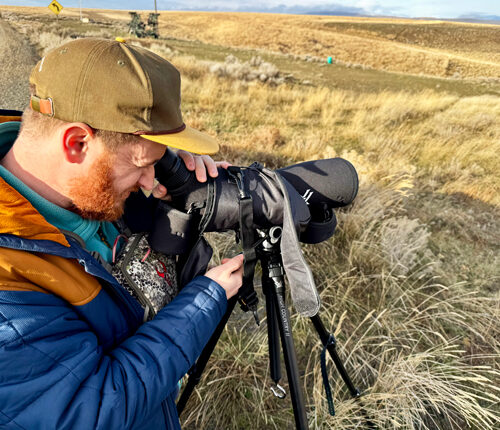
Searching for sage grouse: Looking for a chicken-sized needle in south-central WA
Seth Hulett, Audubon Washington’s senior program manager of the Columbia Plateau, searches through his spotting scope for sage grouse. (Credit: Courtney Flatt / NWPB) Listen (Runtime 4:12) Read In south-central
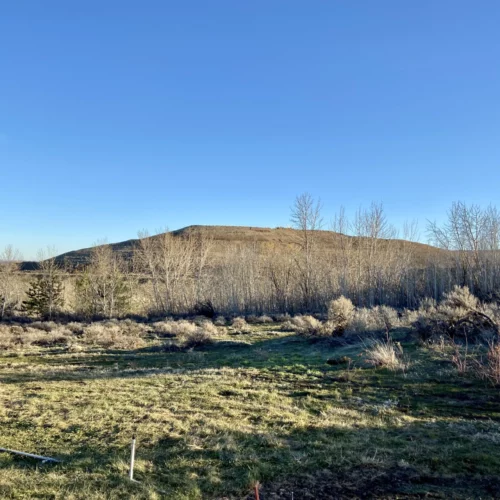
Landfill neighbors worry about PFAs contamination seeping into drinking water
A view of the landfill from Carole Degrave’s property line. (Credit: Courtney Flatt / NWPB) Listen (Runtime 0:54) Read For years, some people who live near a Central Washington landfill

